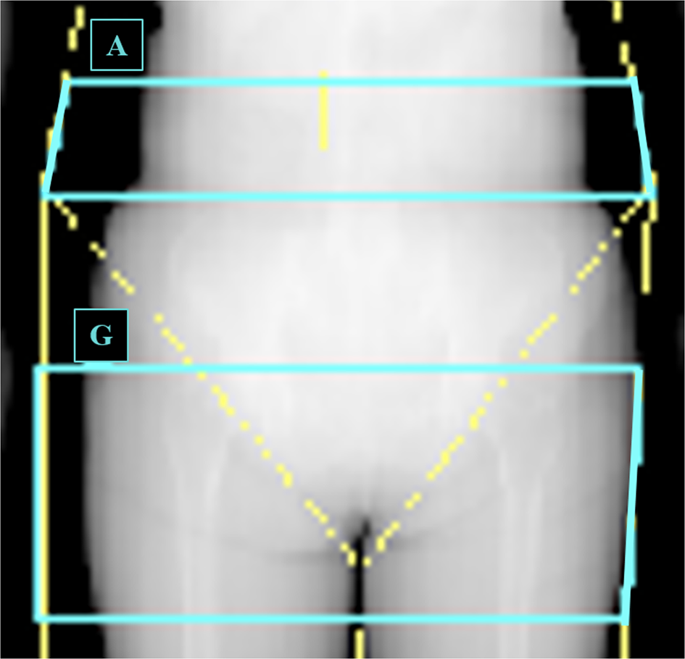International Journal of Obesity ( IF 4.9 ) Pub Date : 2020-03-17 , DOI: 10.1038/s41366-020-0569-8 Yi-Hong Li 1 , Ting-Yu Sun 1 , Yan-Yan Wu 1 , Cheng-Feng Li 1 , Chu-Yun Ling 1 , Fang-Fang Zeng 1, 2 , Yu-Ming Chen 1

|
Background
Previous studies have reported that high-dose supplementation of n-3 polyunsaturated fatty acids (PUFAs) may reduce the risk of metabolic diseases, but there is limited evidence of an effect on body fat. We examined the associations of erythrocyte n-3 PUFAs with body fat and fat distribution in a general population consuming a normal diet.
Methods
This community-based cross-sectional study included 3075 Chinese (68% women, 40–75 years) recruited between 2008 and 2013. We collected general information and measured anthropometric indices; erythrocyte n-3 PUFAs (including α-C18:3, C20:5, C22:5 and C22:6) by gas-chromatography, and fat mass (FM) and %FM at the total body (TB), android (A) and gynoid (G) regions by dual-energy X-ray absorptiometry (DXA).
Results
Both minimally and maximally adjusted models showed dose-dependent inverse associations of total and individual levels of erythrocyte n-3 PUFAs (except C20:5 n-3[EPA]) with adiposity indices. In the full model, the mean differences between quartiles 4 and 1 of total n-3 PUFAs were −1.60% (BMI), −4.06% (TB FM), −5.38% (A FM), −2.05% (G FM), −2.05% (TB %FM), −3.39% (A %FM) and −2.50% (% A/G); the ORs (95% CI) of %FM-derived obesity (≥25% for men, ≥35% for women) for the highest (vs. lowest) quartile were 0.70 (0.57, 0.86) for total n-3 PUFAs and 0.71 (0.58, 0.87), 0.96(0.78, 1.18), 0.82(0.67, 1.00), 0.66 (0.54, 0.81) for α-C18:3/C20:5/C22:5/C22:6 n-3, respectively. The favourable associations were more pronounced for the DXA-derived FM indices, measurements at the android region and for C22:6 n-3. No significant associations between C20:5 n-3 and the adiposity indices were observed.
Conclusions
Higher levels of circulating n-3 PUFAs were dose-dependently associated with better profiles of body fat and fat distribution, particularly in the abdominal regions in this population.



























 京公网安备 11010802027423号
京公网安备 11010802027423号